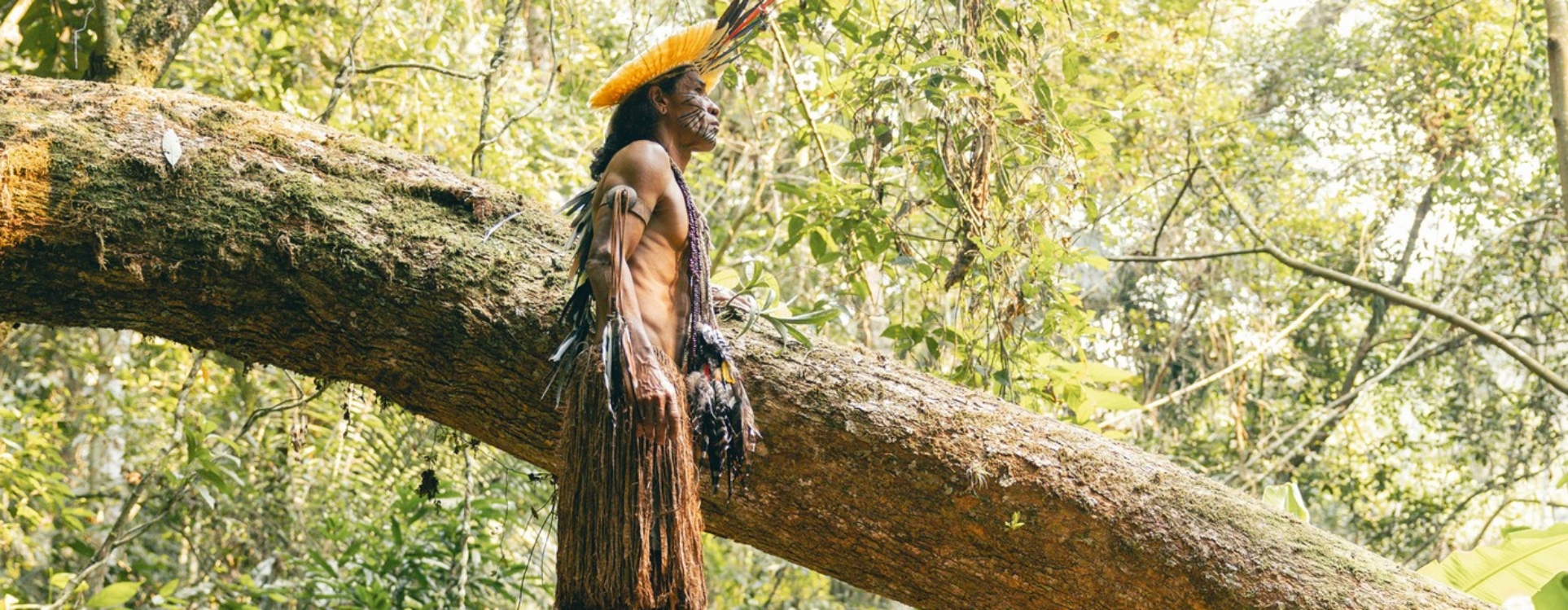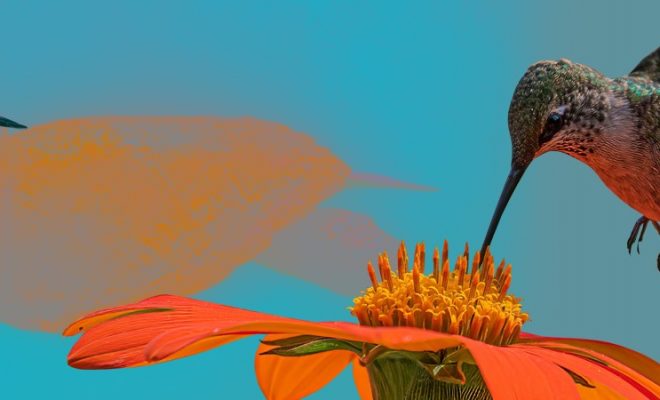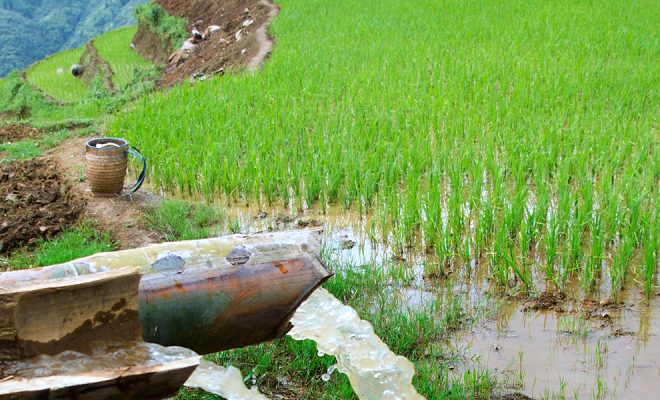How can we create a financial system that serves nature? How can we establish an economy that not only avoids degrading biodiversity but actively protects it? Finding answers to these questions is increasingly urgent. Economists and scientists are grappling with the evident deterioration of the environment and climate change—two deeply interconnected crises.
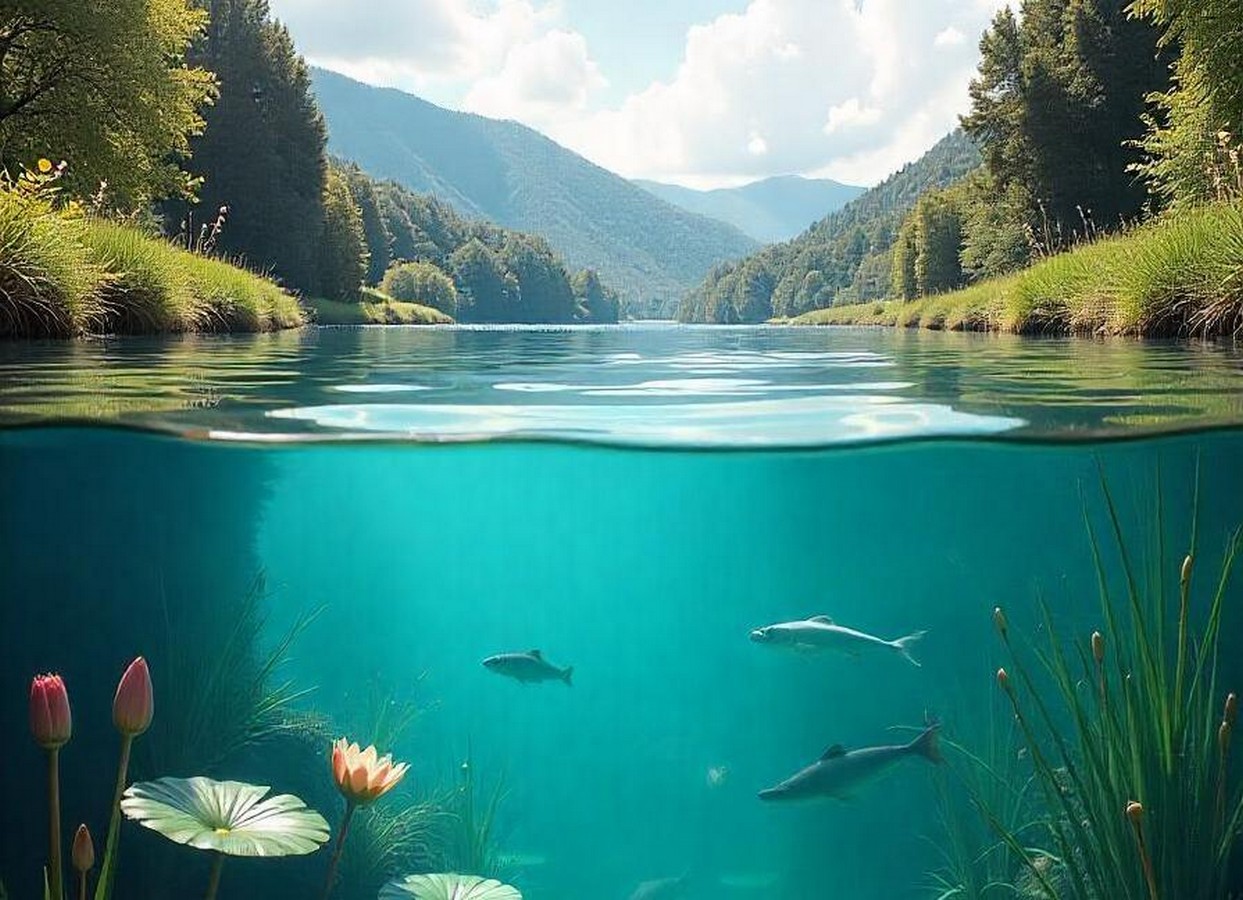
Solutions to the biodiversity crisis share a common denominator with the climate crisis: they require a concerted understanding and practical, fair financing to safeguard natural resources © Freepick
What Changes Are Needed in the Financial System?
We attended COP 16 on biodiversity in Cali to explore solutions alongside experts dedicated to safeguarding the natural resources and processes that sustain human and economic life, such as water, soil, and biodiversity. To this end, we organized a meeting with ALTAMIRA & NetworkNature to showcase pioneering examples of financing nature-based solutions (NbS) and draw lessons from their successes.
Carlos Garriga, director of the foundation, opened the discussion by stating: “We need an economy based on nature—a regenerative economy that genuinely supports the communities that need it most, especially Indigenous peoples, who are often the custodians and protectors of biodiversity.”
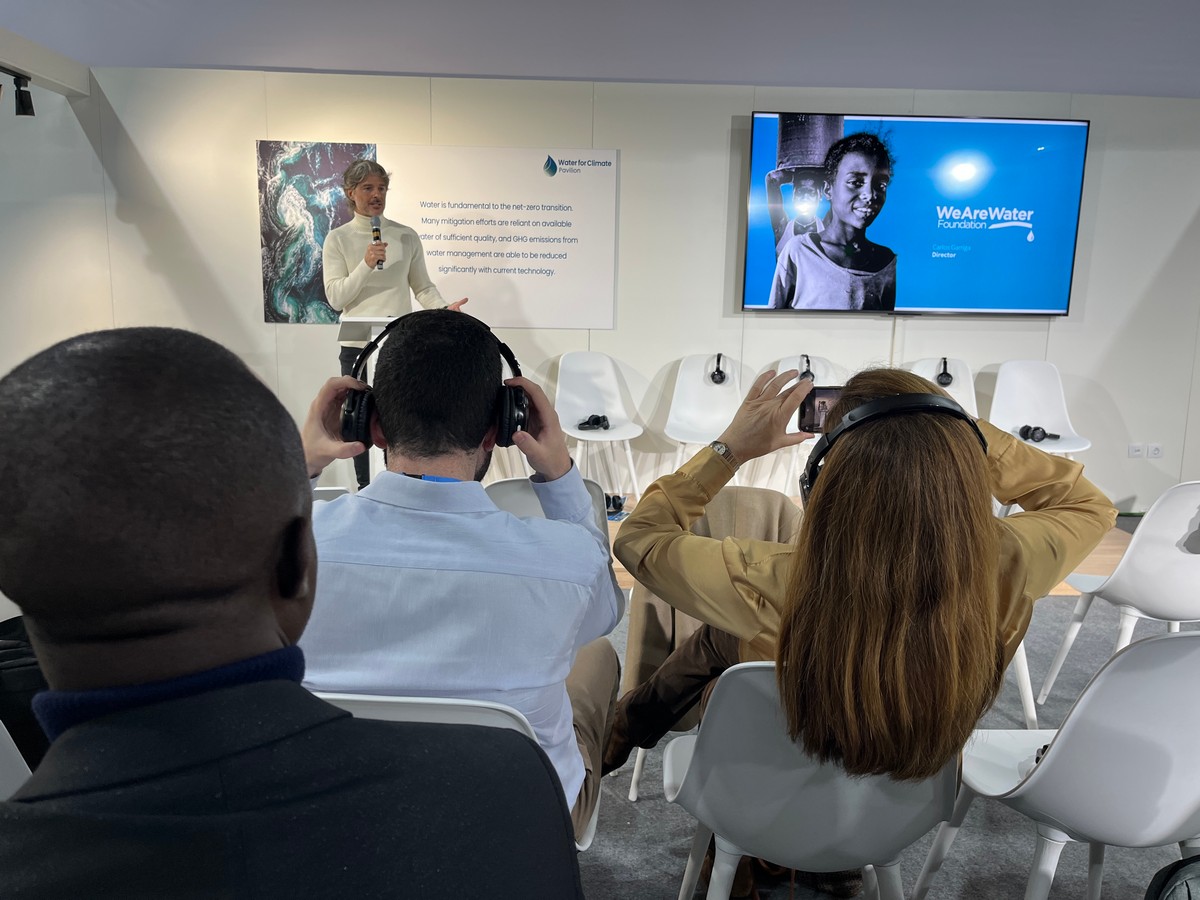
Carlos Garriga, director of the foundation, opened the discussion by stating: “We need an economy based on nature—a regenerative economy that genuinely supports the communities that need it most, especially Indigenous peoples, who are often the custodians and protectors of biodiversity.”
The meeting fostered synergies and discussed reinforcing the cycle between public investments, procurement strategies, finance, and insurance. The latter is indispensable for the financial resilience of vulnerable communities facing the risks posed by climate change and biodiversity loss. All economies and industries directly or indirectly depend on natural cycles, and no sector can afford to ignore their value.
Success stories in impact financing were shared, focusing on the Amazon and various regions of Latin America. Advancements in regenerative agriculture and sustainability as a foundation for business success were also highlighted. Mónica Altamirano de Jong, Founder of ALTAMIRA and partner of the NetworkNature consortium, emphasized the importance of building local capacities in terms of political will: “There is a significant opportunity for impact investment as a new generation demands this type of investment. To seize this opportunity, we must democratize access, which largely depends on local capacities to build a concrete vision of what this regenerative economy entails.”
The conclusions reaffirm the essence of SDG 17: building global partnerships for sustainable development. A shift is needed from isolated, budget-centered investment planning to mission-driven approaches. This change is achievable, with public-private partnerships that fully integrate communities playing a crucial role in a just transition toward a regenerative economy.
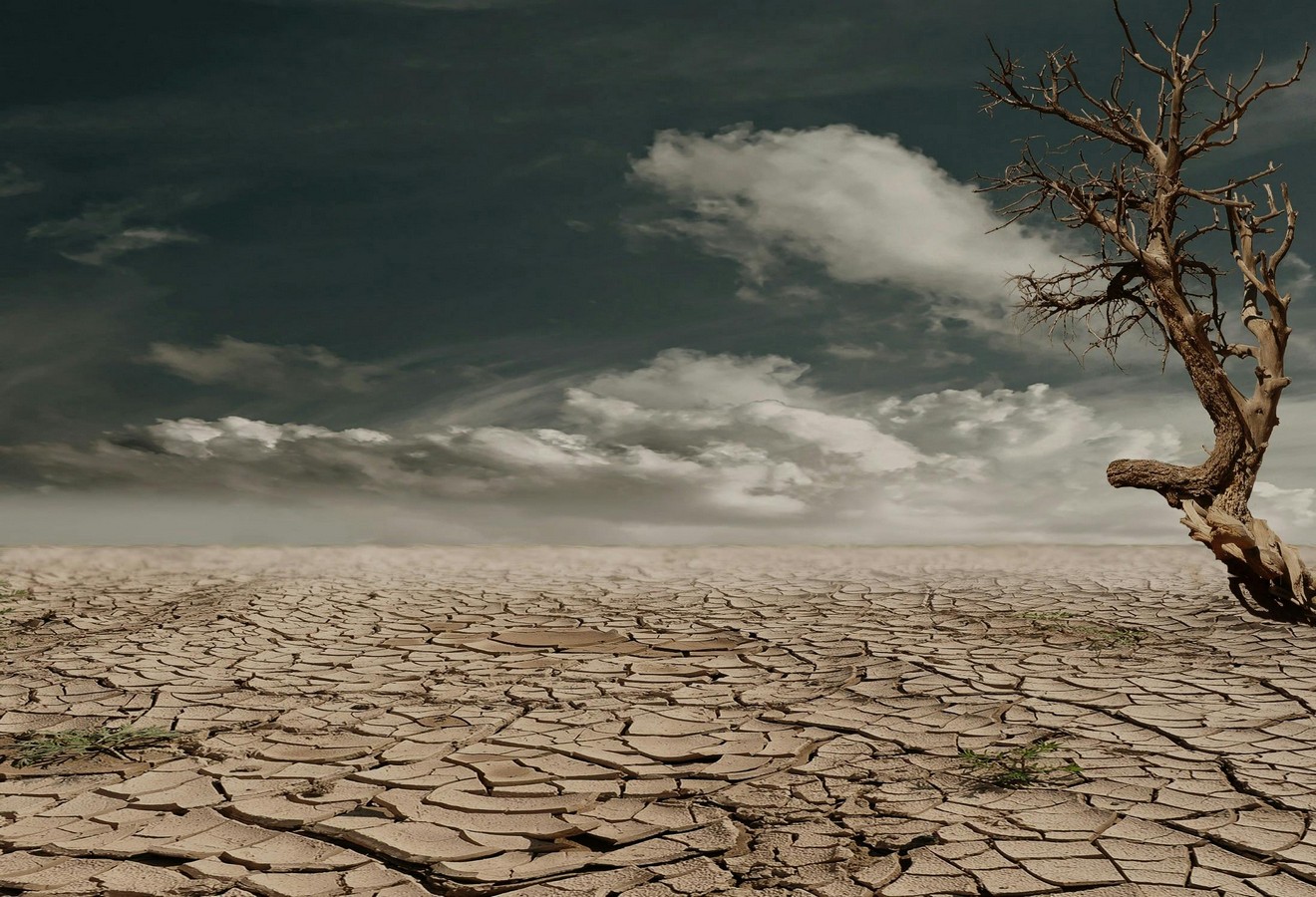
COP 16 in Cali, dubbed “The People’s COP,” called on Indigenous communities to combat desertification and restore areas impacted by recent fires and other climate-related disasters. © Pexels
Another Year of Delay
Communities are key—first and foremost because they are the primary victims of the financial inaction that lingers after every Conference of the Parties.
At COP 16 on biodiversity—just like COP 29 on the climate crisis in Baku—achieving binding commitments for financing adaptation to crisis-related damages remains unresolved since the 2015 Paris Agreement, which initially seemed to solidify momentum for reducing greenhouse gas emissions.
Regarding biodiversity COPs, the contentious issue of financing was expected to be resolved in Cali. However, discussions dragged on for over 24 hours, extending beyond the delegates’ agendas. They left the meeting, postponing a definitive agreement to the Intermediate Conference scheduled for Bangkok ahead of COP 17 in Armenia in 2026.
This financial uncertainty also hinders the implementation of Article 8J of the Kunming-Montreal Global Biodiversity Framework, a landmark achievement from COP 15—the first to include private sector participation. This article addresses one of Indigenous peoples’ and local communities’ most vocal demands.
The lack of binding agreements has been a significant disappointment for developing nations and the scientific community, which lament the continued delays in implementing the Convention on Biological Diversity drafted at the 1992 Rio Earth Summit.
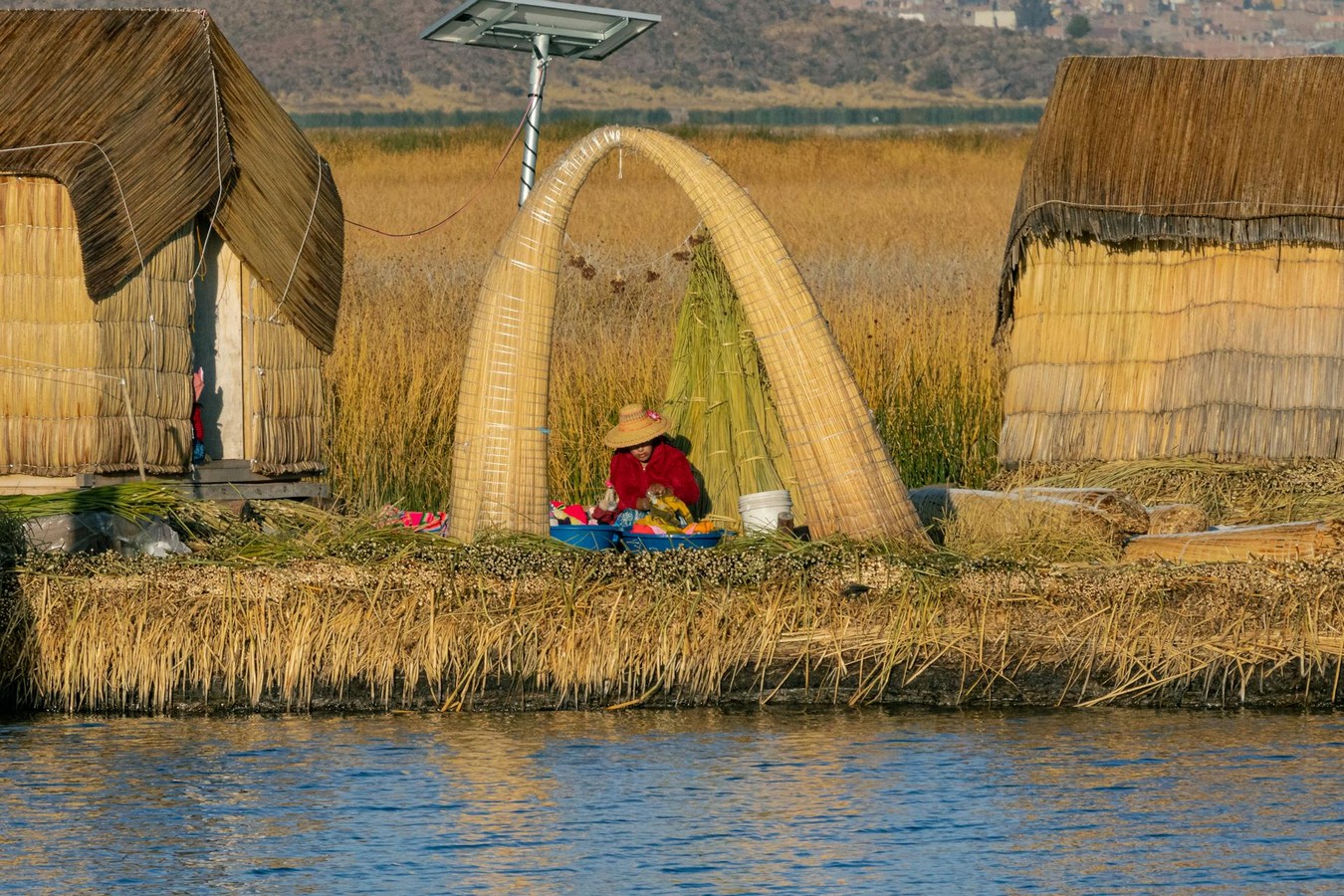
For centuries, Indigenous cultures—now increasingly forgotten or destroyed—have survived by observing the water cycle and harmonizing with it. © pexels-Joel Alencar
Indigenous Peoples at the Heart of Solutions
COP 16 in Cali, dubbed “The People’s COP,” called on Indigenous communities to combat desertification and restore areas impacted by recent fires and other climate-related disasters.
Indigenous communities, often direct victims of these crises, emerge as the best solutions managers. The environmental crisis compels us to recover their ancestral knowledge to prevent biodiversity degradation.
For centuries, Indigenous cultures—now increasingly forgotten or destroyed—have survived by observing the water cycle and harmonizing with it, as seen in their farming methods, livestock management, and daily practices. Restoring the natural water cycle also means recovering collective memory—a vital tool for building community resilience and mitigating and adapting to climate change.
Restoring this relationship with the environment is achievable, as evidenced by many of our projects advocating for community empowerment, such as in Bosawas, Nicaragua; Lake Titicaca in Bolivia and Peru; and more recently, among Afro-descendant communities in La Guajira, Colombia.
As public resources continue to decline, shifting toward a regenerative economy becomes imperative. Nature-based solutions have proven effective in addressing the fact that we are dangerously close to planetary boundaries.


